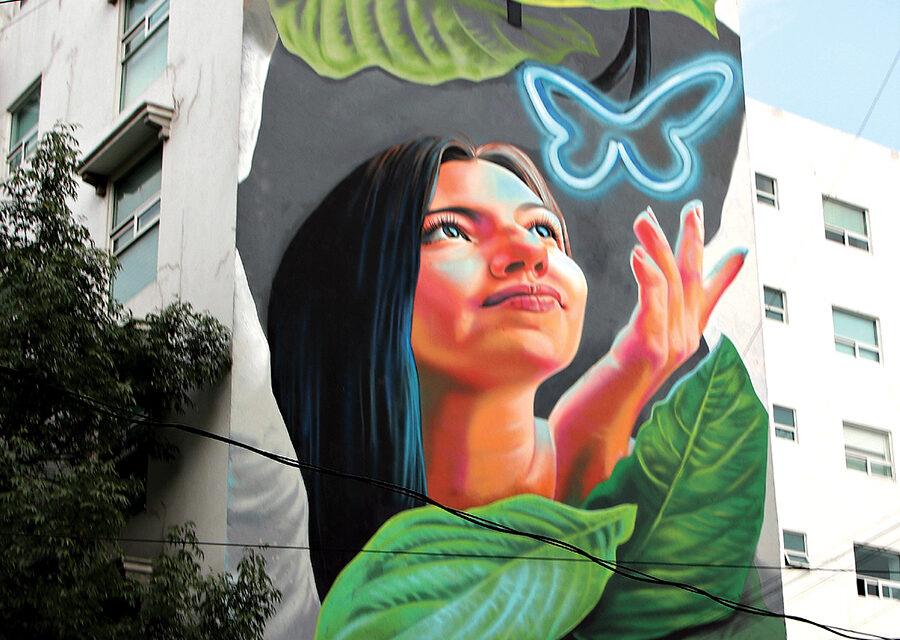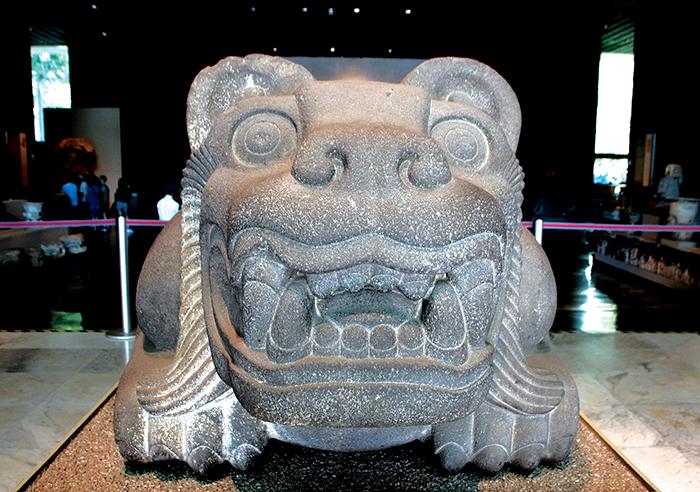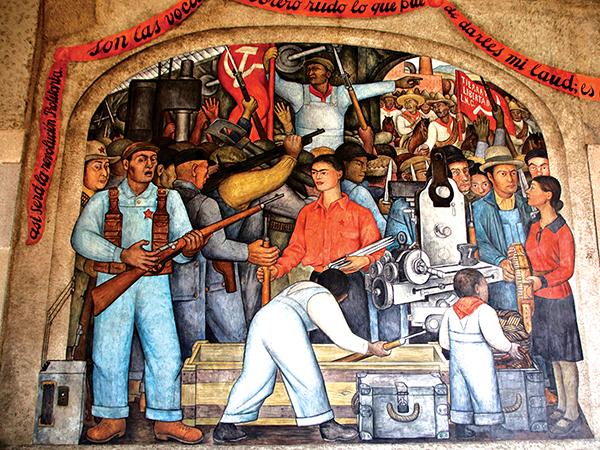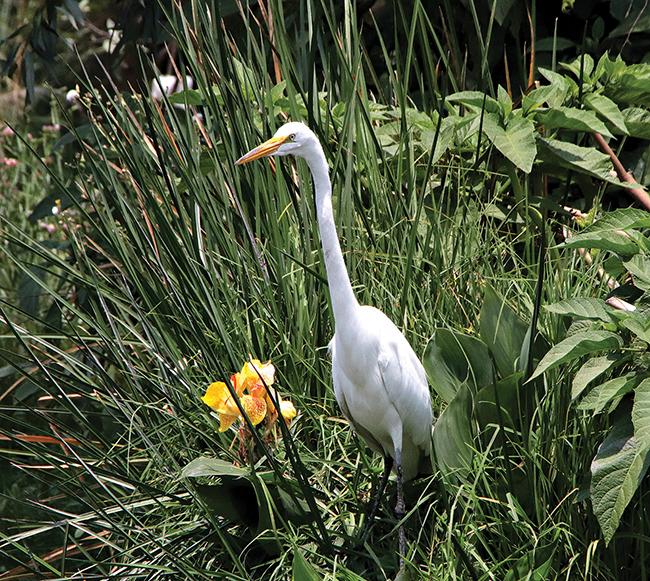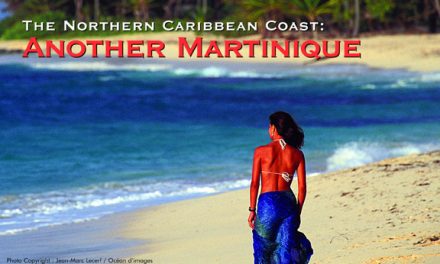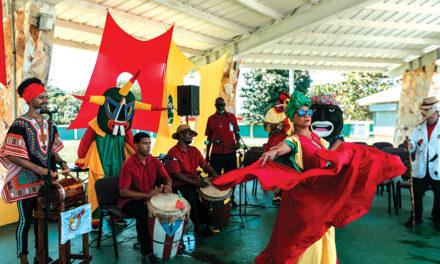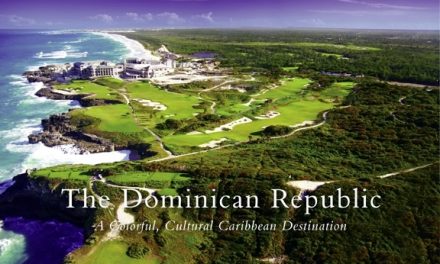Mexico
Mexico City Neighbourhoods: The Magic Sets In
Article and photography by Steve Gillick
Mexico City can be intimidating for first-time visitors. The frenetic traffic congestion is often the first experience that greets travellers when they arrive in this city of 22 million. But during a few days of discovery, the city’s calmer soul is revealed by walking and exploring the many alluring neighbourhoods, each with a unique charm and personality.
We had a taste of the ‘bohemian’ areas, including the bars and restaurants of Roma and Condessa. And we were enveloped in the chill-out ambiance of Coyoacan, with its cobblestone streets and colonial architecture. This is also the venue of the home of legendary artist Frida Kahlo.
The Kahlo connection continues with a series of stunning murals by her husband, Diego Rivera, at the Ministry of Public Education in the Zócalo district. The paintings, completed between 1923 and 1928, depict family life, workers, and the raw emotion of the Mexican Revolution.
El Zócalo (a.k.a Constitution Square or Centro Historico) is at least a half-day adventure. This includes the Metropolitan Cathedral, the ancient Aztec Templo Mayor, the National Palace, the frescoes and murals in the old Jesuit College, plus statues, sculptures, photographs, and people-watching. You can even refresh in Cantina Salón España, which boasts the largest collection of tequilas in the city.
Visitors easily need another half day to explore the sites in Chapultepec Park. The fantastic exhibits in the National Museum of Anthropology celebrate the people and the culture of Mexico’s past and present. And then a climb to Chapultepec Castle, once the home of Emperor Maximilian 1st, affords panoramic views of the city, punctuated with scores of deep purple Jacaranda trees.
Feeling energetic, one morning, I walked from our hotel, the Camino Real Polanco, along the Paseo del la Reforma, one of the city’s main thoroughfares, to the Zócalo. The route showcases many prominent landmarks, including the Fountain of Diana, El Caballito (the horse’s head statue), the Benito Jurárez Monument, and the Palacio de Bellas Artes.
But I must admit that Xochimilco (“flower place”), in the central south, was the most intriguing neighbourhood experience. This is Mexico City’s nature reserve. But it’s also known as the Venice of Mexico because of the canals and the colourfully painted tourist boats (known as trajinera or chalupa) that ply the waterways, often with weekend partying in mind.
Right on cue, a canoe drew up alongside our boat. The ‘bartender’ threw back a blanket covering several large plastic jars and poured generous portions of Pulque for us to taste.
Sebastián Muñoz, our host and the co-founder of Rutopia, a company specializing in connections that allow travellers to discover Mexico through the eyes of its people, cautioned that “Pulque doesn’t get you drunk…it gets you magical”. And after repeated tastes, the magic set in.
Pulque is made from the fermented sap of agave. Its 5%-7% alcohol content is similar to beer but tends to give you ‘hazy’ feelings rather than outright intoxication. And this only enhanced our fascination with the area. Marco Polo, the local leader of a project known as ‘Olintlalli’ or ‘Land in Movement’, spoke to us about the triple sustainable goals of the Xochimilco project in terms of promoting Ecotourism, Agrotourism, and Ethno tourism. We visited farms, learned about axolotls, the endemic, eco-sensitive salamanders, and enjoyed cool, refreshing drinks of Kale and Beetroot with a farm-fresh lunch.
Our short adventure in Mexico City was packed with an array of sensory experiences. The initial intimidation factor gave way to relaxed feelings of comfort, paving the way for future visits to explore more.

